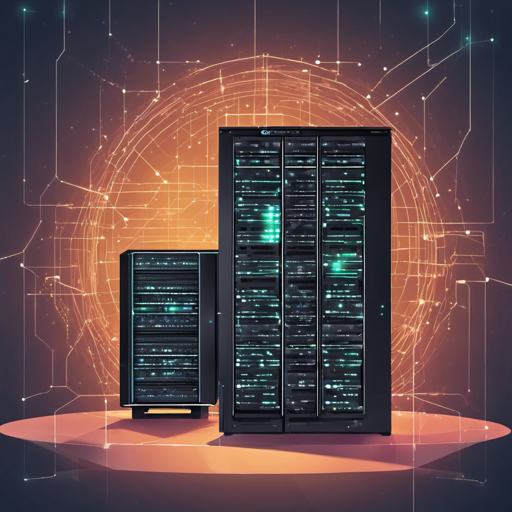Have you ever wanted to explore the capabilities of BigchainDB, the blockchain database designed for scalability and security? In this user-friendly guide, we will walk you through the process of running and testing BigchainDB Server directly from its master branch. Buckle up as we dive into the world of decentralized applications!
Getting Started with BigchainDB
Before you can run BigchainDB Server, ensure you have Docker Compose installed. This software will allow you to create and manage Docker applications effortlessly. Once you’re set up, follow the steps below:
Step-by-Step Instructions
- Open your terminal.
- Clone the BigchainDB repository:
git clone https://github.com/bigchaindb/bigchaindb.git - Navigate into the cloned directory:
cd bigchaindb - Run the following command to start BigchainDB:
make run
After these steps, BigchainDB should be accessible at http://localhost:9984.
Useful Commands
BigchainDB offers various commands to manage your server effectively. Here’s a quick list:
- make start: Run BigchainDB from the source and daemonize it (use make stop to stop it).
- make logs: Attach to the logs.
- make test: Execute all unit and acceptance tests.
- make cov: Check code coverage and view the result in your browser.
- make clean: Remove all build, test, coverage, and Python artifacts.
- make reset: Stop and REMOVE all containers. WARNING: This deletes all data stored in BigchainDB.
To see a full list of commands, simply run make in your terminal!
Understanding the Code: An Analogy
Imagine you are a barista in a bustling café. Each command you issue is akin to taking an order from a customer. Just like you need coffee beans, milk, and syrups to create the perfect beverage, BigchainDB uses different commands to manage data operations. When you run the command to start the server, it’s like brewing a fresh pot of coffee—your café is now open for business!
Troubleshooting Tips
Sometimes, even the best coffee encounters problems. Here are some troubleshooting ideas for BigchainDB:
- If you encounter issues connecting to BigchainDB, double-check if Docker is running.
- Ensure your network configuration allows access to port 9984.
- If commands are not recognized, make sure you’re in the BigchainDB directory.
- Check the Docker logs using make logs for any underlying errors.
For more insights, updates, or to collaborate on AI development projects, stay connected with fxis.ai.
Conclusion
At fxis.ai, we believe that such advancements are crucial for the future of AI, as they enable more comprehensive and effective solutions. Our team is continually exploring new methodologies to push the envelope in artificial intelligence, ensuring that our clients benefit from the latest technological innovations.
Further Exploration
Ready to take your BigchainDB experience further? Here are some vital resources:
- BigchainDB.com – Main website
- Roadmap
- Blog
Happy coding! May your journey with BigchainDB be fruitful and enlightening!

